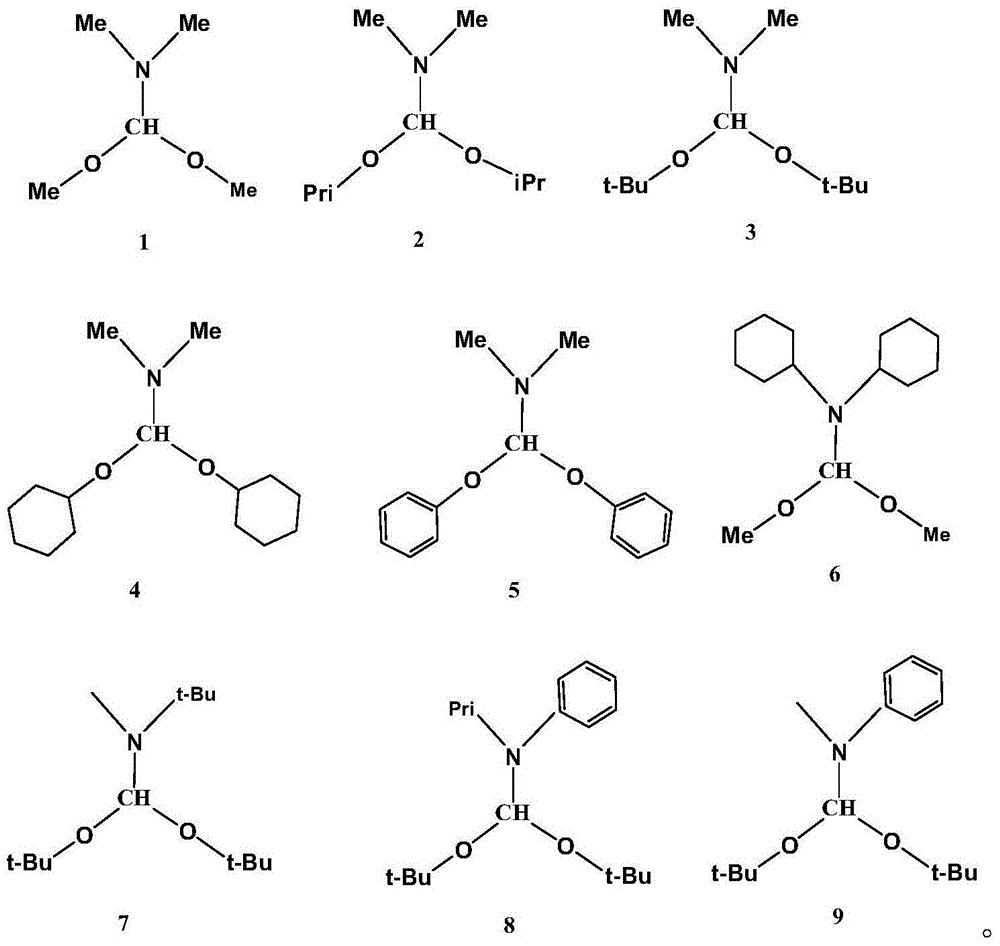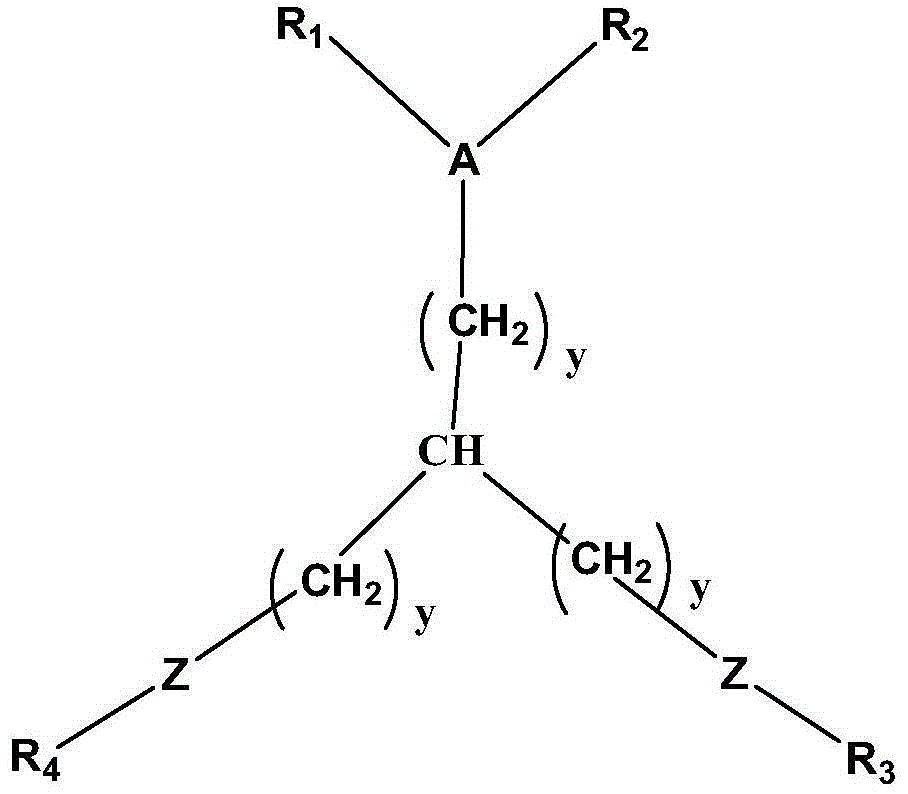Main catalyst of olefin polymerization catalyst, preparation method thereof, and olefin polymerization catalyst
A main catalyst, a technology for olefin polymerization, applied in the field of efficient olefin polymerization catalyst and olefin polymerization, can solve the problems of low catalyst activity and easy adhesion to the container wall, etc., and achieve high catalyst activity, good particle shape, and low environmental pollution. Effect
- Summary
- Abstract
- Description
- Claims
- Application Information
AI Technical Summary
Problems solved by technology
Method used
Image
Examples
preparation example Construction
[0069] The preparation method of olefin polymerization catalyst provided by the present invention comprises the following steps:
[0070] 1) Dispersing the magnesium compound carrier in an inert organic solvent, adding an alcohol with 2 to 15 carbon atoms, stirring and dissolving at 90 to 150° C. for 1 to 5 hours;
[0071] 2) Cool the solution of 1) to 30°C to 80°C, add a star-shaped organic azaether compound, and react for 0.5 to 3 hours;
[0072] 3) At -25 to 30°C, contact the system obtained in step 2) with a transition metal halide, and react at -25 to 30°C for 0.5-5h, then raise the temperature of the system to 50-120°C, and react for 0.5- 5h, during the heating process, solid particles were gradually precipitated, after the reaction, the product was washed with toluene or n-hexane for 4-6 times, and unreacted substances were removed by filtration;
[0073] Vacuum drying to obtain a powdery solid procatalyst. The vacuum drying temperature is 40° C. to 90° C.; the vacuum d...
Embodiment 1
[0077] In the reactor fully replaced by nitrogen, add 1g of magnesium dichloride, 20ml of n-decane, 0.2ml of ethanol, and 6.5ml of isooctyl alcohol, stir and heat up to 120°C, and react for 2h. The temperature was lowered to 50°C, and 2.5 g of the star-shaped organic azaether compound (1) conforming to the general formula (3) was sequentially added, and the temperature was kept at 50°C for 2 hours. Lower the system to -15°C, add 30ml of titanium tetrachloride dropwise, react for 1h, then raise the temperature to 110°C for another 2h. Stop stirring, stand still, separate layers, filter, wash with hexane four times (30 ml each time), and vacuum dry at 70°C for 2 hours to obtain a spherical powder with good fluidity, non-stick container wall, uniform particle size distribution solid catalyst.
Embodiment 2
[0079] In the reactor fully replaced by nitrogen, add 1g of magnesium dichloride, 30ml of n-decane, 0.25ml of ethanol, and 7ml of iso-octanol, stir and heat up to 120°C, and react for 2h. The temperature was lowered to 60°C, and 1.5 g of the star-shaped organic azaether compound (2) conforming to the general formula (3) was sequentially added, and the temperature was kept at 60°C for 2 hours. Lower the system to -10°C, add 40ml of titanium tetrachloride dropwise, react for 1 hour, then raise the temperature to 100°C for another 3 hours. Stop stirring, stand still, separate layers, filter, wash with hexane four times (30 ml each time), and dry in vacuum at 60°C for 3 hours to obtain a spherical powder with good fluidity, uniform particle size distribution, non-stick container wall solid catalyst.
PUM
 Login to View More
Login to View More Abstract
Description
Claims
Application Information
 Login to View More
Login to View More - R&D
- Intellectual Property
- Life Sciences
- Materials
- Tech Scout
- Unparalleled Data Quality
- Higher Quality Content
- 60% Fewer Hallucinations
Browse by: Latest US Patents, China's latest patents, Technical Efficacy Thesaurus, Application Domain, Technology Topic, Popular Technical Reports.
© 2025 PatSnap. All rights reserved.Legal|Privacy policy|Modern Slavery Act Transparency Statement|Sitemap|About US| Contact US: help@patsnap.com



